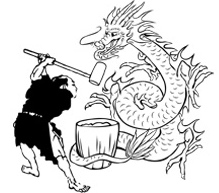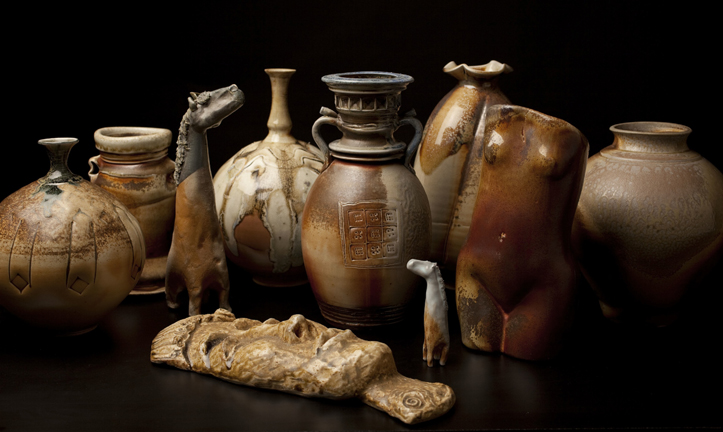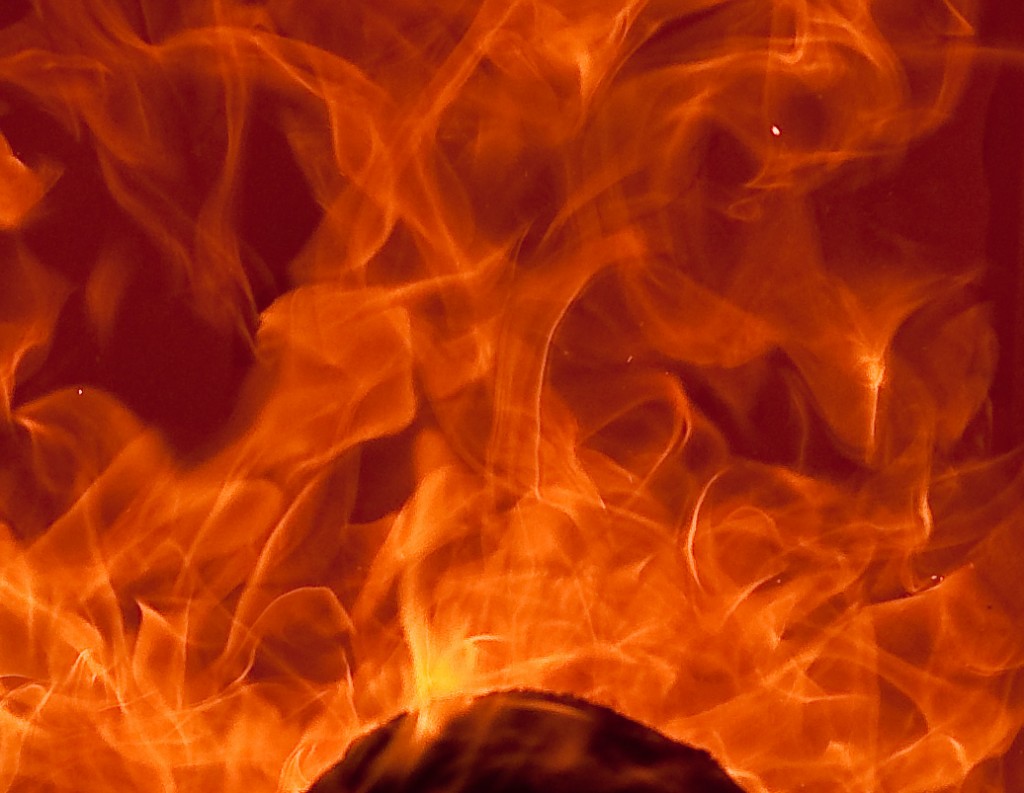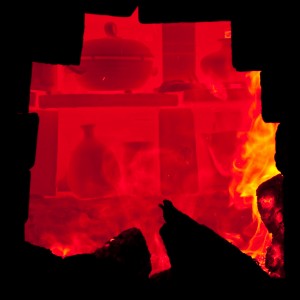By Bob Hicks
When we talk about culture here at Art Scatter, we like to think it’s almost as wide as life. It could be historical, or political, or social, or personal, or purely aesthetic. It might be Madame Butterfly, Puccini‘s opera about a fatal clash of moral sensibilities, which returns to the Portland Opera stage beginning Friday. Or it might be Mochitsuki, the city’s annual celebration of the Japanese new year, which I took in on Sunday afternoon.
 Japan has officially recognized the Gregorian-calendar dating system since 1873, which makes the official Japanese new year January 1. But traditionally the nation’s new year has followed the Chinese lunar calendar, and a sturdy tradition can outwit official proclamation for a good long time.
Japan has officially recognized the Gregorian-calendar dating system since 1873, which makes the official Japanese new year January 1. But traditionally the nation’s new year has followed the Chinese lunar calendar, and a sturdy tradition can outwit official proclamation for a good long time.
This year’s Mochitsuki took place, curiously but practically, at the Scottish Rite Center, a spacious building that offers lots of room to roam. As I walked in I discovered an overflowing crowd of celebrants, from the very old to the newly born, wandering through three levels of displays, performances, dining and activities. The variety was invigorating: everything from bento-making classes for kids to tea ceremonies for all comers. Calligraphy, origami, ikebana, tastes of sake, a table with contemporary Japanese art that seemed inspired by, or loosely affiliated with, manga. Lots and lots of food, from ramune soft drinks and vegetable curry to chow mein and (from a Hawaiian booth) Spam musubi. Booths with information about Japanese-American societies. Tables with books on the history of Japanese life in the United States, including the infamous internment camps for American citizens of Japanese descent during World War II. The Consulate General of Japan and the Portland Japanese Garden had booths.


 Theoretically. Your canoe might get swamped, but the possibility of such a daring jaunt brings home the essential circularity of living with an
Theoretically. Your canoe might get swamped, but the possibility of such a daring jaunt brings home the essential circularity of living with an